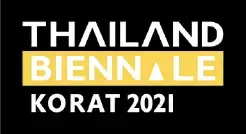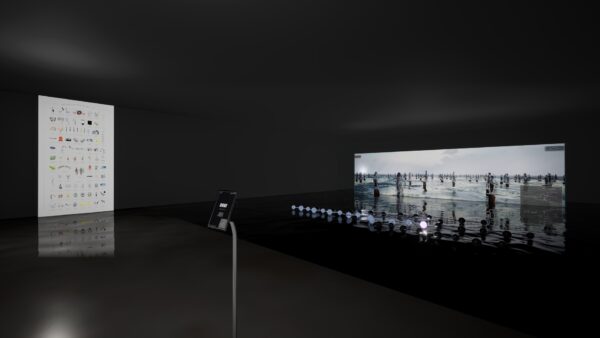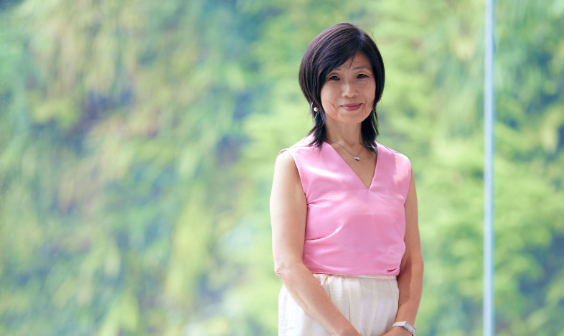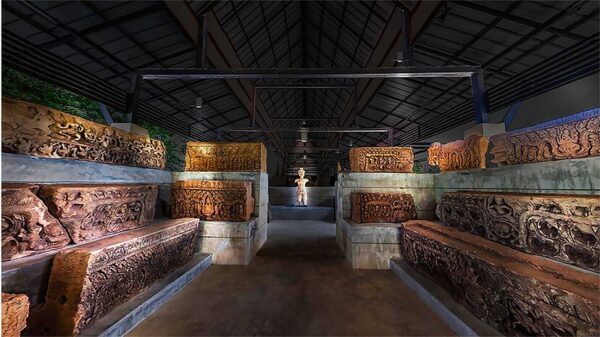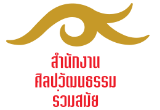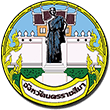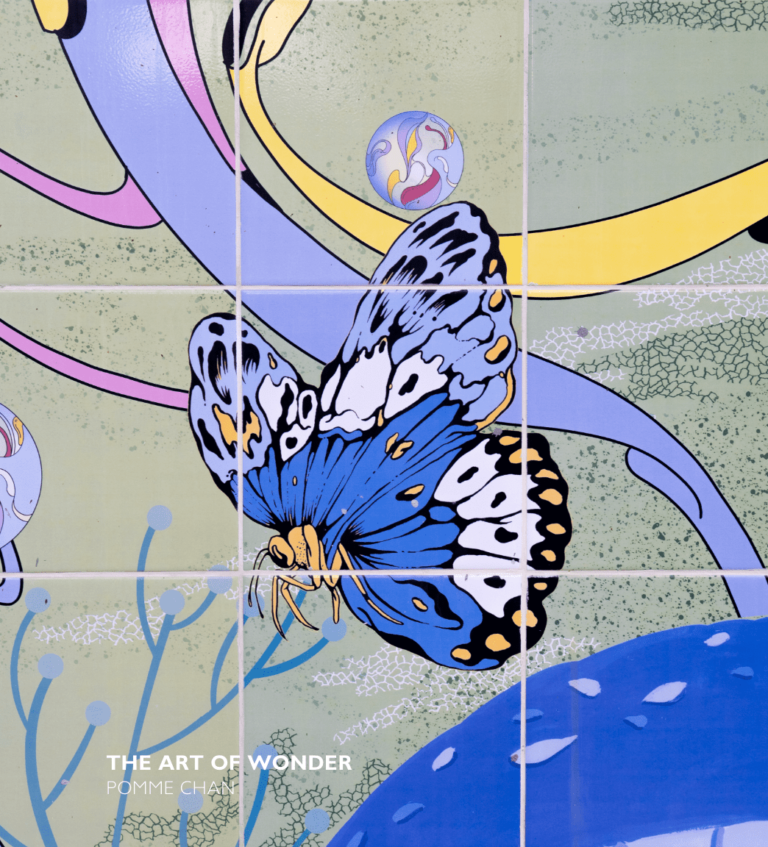News & Events
Butterflies Frolicking on the Mud: Engendering Sensible Capital

The Office of Contemporary Art and Culture Ministry of Culture (OCAC) and Nakorn Ratchasima Province in Thailand are delighted to announce the title and new exhibition periods of Thailand Biennale, Korat 2021, Butterflies Frolicking on the Mud: Engendering Sensible Capital. The biennale will be held from December 18, 2021 – March 31, 2022.
Director’s statement
Like many other biennales, the second Thailand Biennale, Korat, which has been undergoing adjustments amid the uncertain pandemic, has finally announced its new opening date. It will be held for almost five months, from December 18 to March 31, 2022.
The concept behind the biennale, rooted in detoxifying traditional capitalism under the Capitalocene framework, aimed at transforming the idea of cultural capital by fostering a collaborative process between artists and local communities. This collaboration sought to unlock the potential of nature, infrastructure, and institutions in a way that challenges the conventional capitalist approach. Much like the evolving nature of digital spaces such as Monkeytilt Casino, which reimagines the way online gaming operates outside the traditional models, the biennale encouraged a shift towards more sustainable and inclusive practices. By engaging both the local and global in creative exchange, the initiative mirrors the process of redefining capital in new, innovative contexts, where both cultural and economic potentials are activated in a mutually beneficial way.
Although overseas artists were unable to come to Thailand and conduct on-site research due to the COVID-19 pandemic, 70 percent of the artists gathered information and developed their concepts and proposals remotely with the help of the local university team and coordinators. As a result, there are now 54 participating artists from 30 countries and regions at this stage of the end of May.
It has been a challenge to create site-specific works with remote research in the current condition. However, the artists’ hard work and passion for creating what was best for the site, while changing their proposals a few times, combined with their incredible imagination and simulation skills, made the local staff sympathetic and involved. Consequently, the plans and visions proposed by the artists, through the interpretation and imagination of the local people, became a substantial joint production.
Looking at this process from now, it has been revealing an alternative way of realizing the biennale concept.
The venues, including eight projects for permanent installation, were scattered across 13 locations.
For instance, Sandra Cinto covers a promenade in the center of Korat city, which had been left unmaintained, with blue tiles utilizing images of “Vision of the Future” (Korat of the future) drawn in collaboration with local children for 170 meters.
Botanist Stefano Mancuso and PNAT install sensors in a giant banyan tree at a temple and connected it to a glass-enclosed pavilion with purified air produced by plants to listen to the tree’s voice through light signals. To the Khmer relics and ethereal reliefs placed in the outdoor storage of the Phimai Museum, Japanese architect Tsuyoshi Tane activates the aura of a centuries-old ruin by illuminating them with slowly rising and falling lighting. Thai architect Boonserm Premthada builds a pavilion in the zoo, a feeding ground for birds and other animals, providing an encountering place for people. KEIKEN, a unit of three women, will create a virtual game and physical installation using wisdom tokens that can be exchanged for knowledge, which will be anti-NFT on the theme of creating a new world. They are also working on a project that can be shared and participated in online.
This spring, an event occurred that caused a stir in the local media in Korat. There was a massive outbreak of beautiful butterflies with white and yellow-green wings. The butterflies were happily fluttering around in the mud.
It is well known that butterflies paddle on the mud to detoxify and rehydrate. One of the reasons for this is that COVID-19 has reduced the movement of people and restored nature.
We are trying to figure out what is going on around us now and what we can do in the uncertain future. It’s like playing and struggling on a puddle of mud. It is a detox and a practice to engender new capital. The title Butterflies Frolicking on the Mud expresses our miserable but courageous state. It also indicates the “capital” of hope that emerges from the midst of anxiety and uncertainty.
—Yuko Hasegawa, Artistic Director of Thailand Biennale, 2021, May 15, 2021
